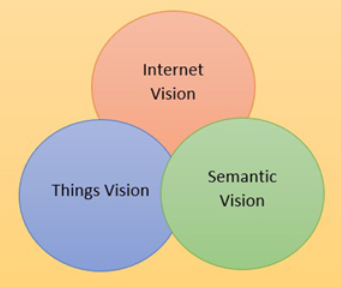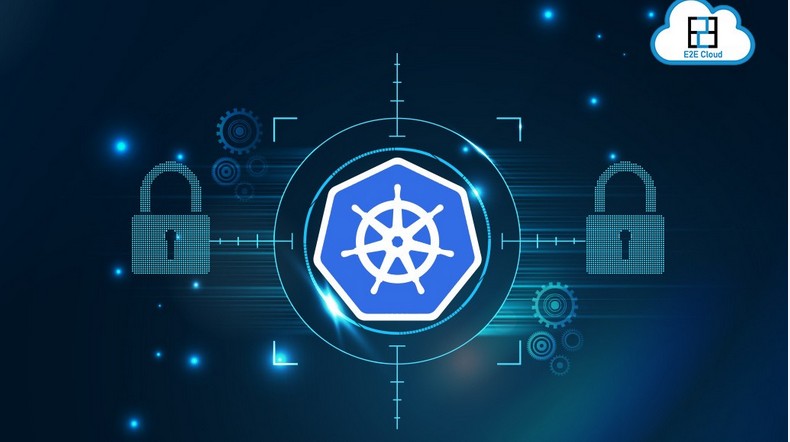The original vision of the internet since the era of the World Wide Web (WWW) intends to focus on providing the convenience of searching for information and communicating with others. The widely held vision of the IoT, on the other hand, built up further from there and aims to be able to create a world where convenience of life can be granted in the form of having everyday things that are connected to the internet that in turn can communicate between themselves and with people, allowing for a vast number of capabilities. We have already seen this in a myriad of industries, particularly how it has helped reduce the manual labor that is needed to perform certain tasks.
IoT is often seen as a convergence of three different visions: the Internet Vision, the Things Vision, and the Semantic Vision. Each of these visions has its own part to play within the dynamic picture of the IoT.

Figure 1.2 – Visions of IoT
Things Vision
The Things Vision focuses on the technologies that are related to making things smarter; that is, those that can add capabilities to devices that allow them to communicated with the internet and with each other, alongside the data that they generate. The key aim here is to be able to gather and analyze data from a myriad of devices to gain insights and make better decisions. This is what has resulted in its evolution into smart sensor networks today.
Internet Vision
The Internet Vision focuses on the connectivity of the things that are connected to the internet and each other. The key aim of this vision is to be able to accelerate the ability and performance of the connectivity aspect as part of the IoT. As part of this, the storage and management of the data that has been gathered or generated is a key consideration, as it is important to understand the constraints, challenges, and opportunities of creating such solutions for the communication of the things. This was what led to the creation of many standards and communities, such as the open source Internet Protocol for Smart Object (IPSO) communities, which focus on finding solutions for smart sensor communication.
Semantic Vision The Semantic Vision of IoT focuses on understanding the meaning of the data that is generated as part of the connected devices. It focuses on the challenge of interoperability; that is, how we can work with devices from different manufacturers and allow them to communicate with one another despite the different standards they may abide by. Interoperability is a big challenge within the industry, particularly with the different standards that many smart objects follow, and we are going to cover it in more depth in Chapter 8, Designing for Interoperability.
